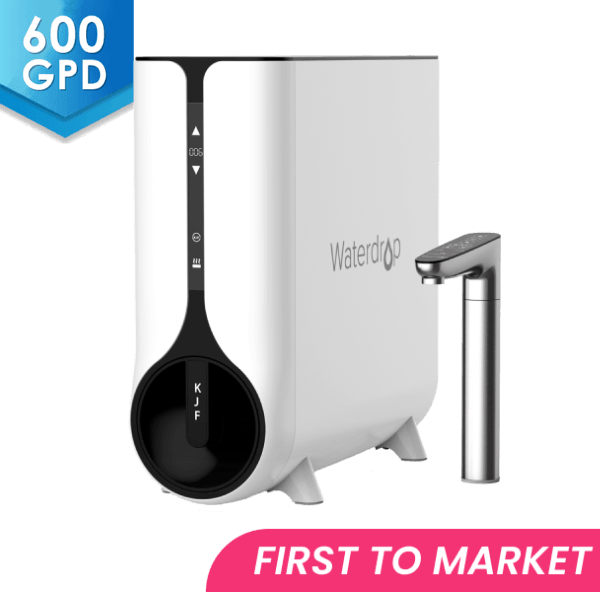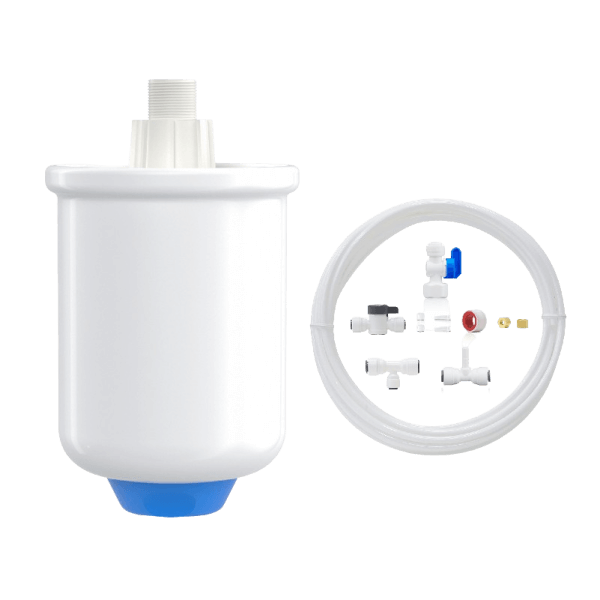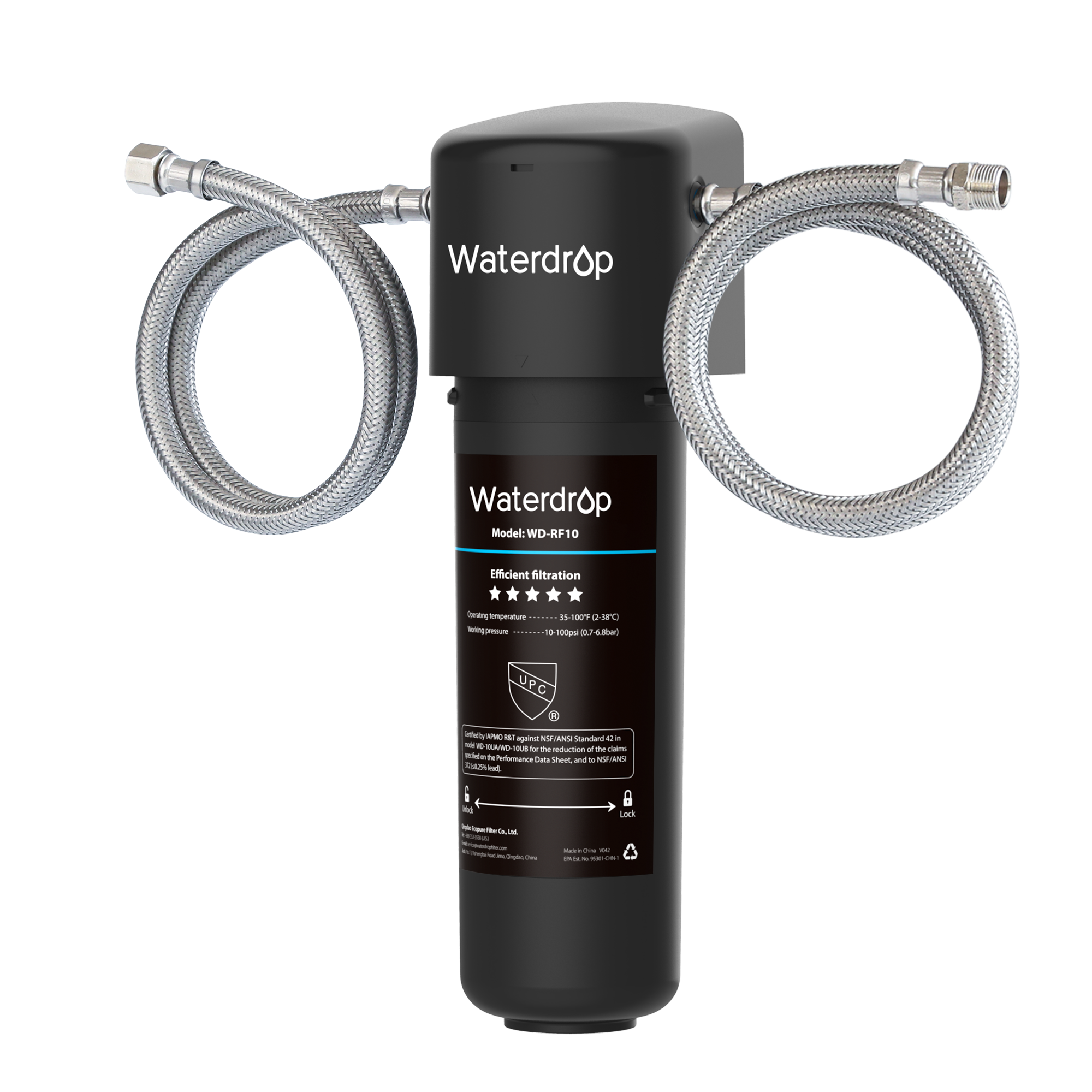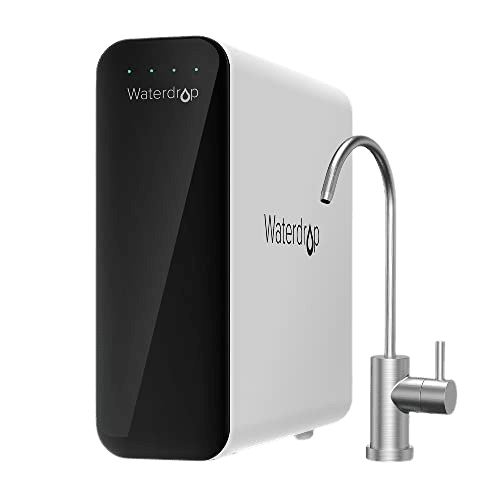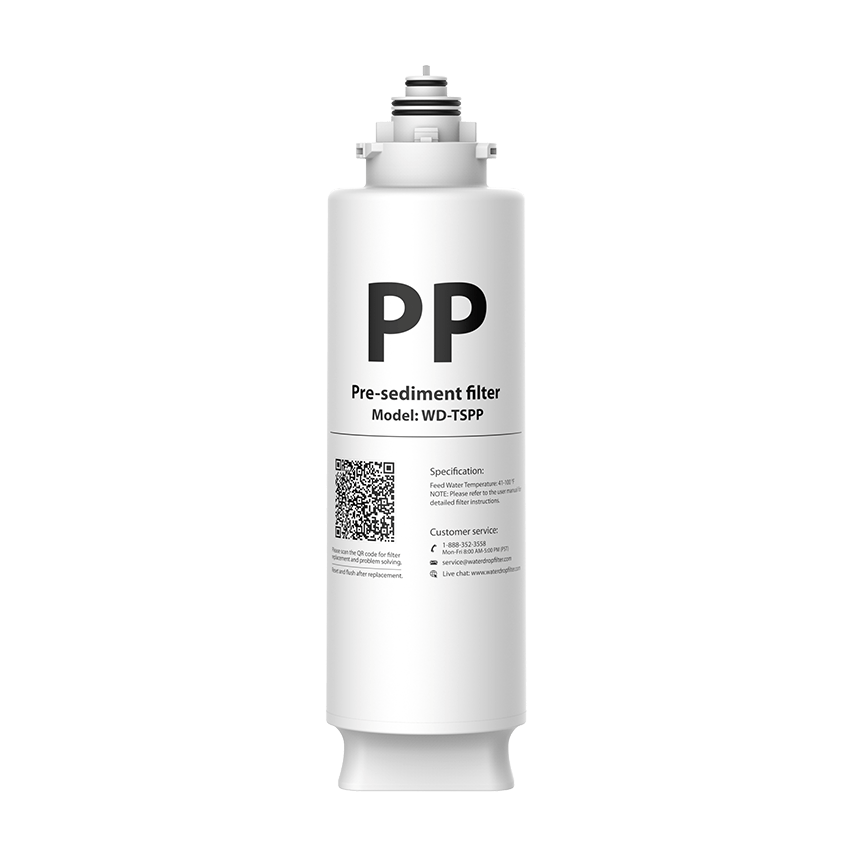How Long to Boil Water to Sterilize It?
by Dr. Jonathan Doyle - Updated December 16, 2024
Water is essential for life, but not all water sources are safe to drink. In certain situations, boiling water is the easiest and most effective way to sterilize it, removing harmful pathogens like bacteria, viruses, and parasites. But how long do you really need to boil water to make it safe? This comprehensive guide is tailored for Canadian readers, providing practical advice and insights to ensure your water is clean and safe for consumption.
Why Boil Water to Sterilize It?
Boiling water is a simple yet effective way to eliminate most microorganisms that can cause waterborne diseases . Whether you’re dealing with a boil water advisory, camping in the wilderness, or unsure about the quality of your tap water, boiling ensures your drinking water is safe. Let’s explore why this method works and when it’s necessary.
Kills Harmful Microorganisms
Boiling water kills bacteria, viruses, and parasites by exposing them to high temperatures, which disrupt their cellular structure and render them inactive. This makes it one of the most reliable methods of water sterilization.

Effective in Emergency Situations
In Canada, natural disasters like floods or power outages can compromise municipal water systems. Boiling water is a quick solution to ensure your water is safe during these emergencies.
Cost-Effective and Accessible
Unlike advanced water filtration systems or chemical treatments, boiling water requires no special equipment—just a pot, a heat source, and water. This makes it a universally accessible method of water purification.
How Long to Boil Water to Sterilize It?
The length of time you need to boil water depends on various factors, such as altitude and the water’s initial condition. For Canadians living in different regions, here’s a detailed breakdown:
Standard Boiling Time at Sea Level
At sea level, water boils at 100°C (212°F). To sterilize water effectively, boil for at least 1 minute. This duration is sufficient to kill most harmful microorganisms, including bacteria, viruses, and protozoa.
Boiling Water at Higher Altitudes
In areas at higher altitudes, such as the Canadian Rockies , water boils at a lower temperature due to reduced atmospheric pressure. Because of this, boil water for at least 3 minutes. The longer boiling time compensates for the lower boiling temperature, ensuring all pathogens are destroyed.

Cloudy or Contaminated Water
If the water is visibly cloudy or contains debris, pre-filter the water using a clean cloth, coffee filter, or paper towel to remove particles. Bring the water to a rolling boil and maintain it for 3 minutes, regardless of altitude.
Step-by-Step Guide to Boiling Water Safely
Here’s a simple, step-by-step guide for sterilizing water through boiling:
- Gather Equipment: Use a clean pot or kettle, a heat source, and a lid to speed up the process.
- Filter the Water: If the water is cloudy, filter it through a cloth or coffee filter before boiling.
- Bring Water to a Rolling Boil: Heat the water until large bubbles rise continuously from the surface.
- Maintain the Boil: Keep the water boiling for minute at sea level and minutes at higher altitudes or for cloudy water.
- Cool the Water: Allow the boiled water to cool naturally. Store it in clean, covered containers to prevent recontamination.

When to Boil Water in Canada
Boiling water is not always necessary, but there are specific situations when it becomes essential. Let’s look at common scenarios faced by Canadians:
Boil Water Advisories
In Canada, boil water advisories are issued when the municipal water supply is suspected to be contaminated. This could be due to pipe breaks, floods, or power outages. During these advisories, boiling water is the safest way to ensure it is safe for drinking, cooking, and brushing your teeth.
Camping and Hiking Trips
Canada’s vast wilderness offers incredible opportunities for camping and hiking. However, natural water sources like lakes, rivers, and streams may contain harmful pathogens. Boil water for at least 3 minutes before drinking it to avoid waterborne illnesses.
Click here to find more about Waterdrop Outdoor Water Filters .
Natural Disasters
Floods and severe storms can compromise water supplies. During such emergencies, boiling water becomes a vital step to ensure access to safe drinking water.
Alternatives to Boiling Water
While boiling is a highly effective method, there are alternative ways to sterilize water. These methods may be more convenient in specific situations:
Water Filtration Systems
High-quality water filters, such as reverse osmosis systems or portable camping filters, can remove bacteria, viruses, and sediment from water. These are excellent for everyday use and outdoor adventures.

Chemical Disinfection
Using water purification tablets or household bleach (unscented) is another option. Follow the instructions carefully to ensure the water is safe to drink.
UV Sterilization
UV light devices can kill microorganisms in water by disrupting their DNA. These portable devices are perfect for travelers and outdoor enthusiasts
Final Thoughts
Boiling water is a simple and effective way to ensure safe drinking water in various situations. Whether you’re under a boil water advisory in Canada, camping in the great outdoors, or preparing for emergencies, knowing how long to boil water is crucial.
For most situations, boiling water for 1 minute at sea level or 3 minutes at higher altitudes is sufficient to sterilize it. Remember to pre-filter cloudy water, and always store boiled water in clean, covered containers to maintain its purity.
While boiling is an excellent method, consider investing in a water filter for long-term convenience and additional protection against chemical contaminants. Safe water means better health, so make sterilizing your water a priority whenever needed.



